On August 11 the U.S. Fish and Wildlife Service delisted three endangered subspecies of island fox, the smallest wild canid in North America and native to six of the eight Channel Islands off southern California.
This was the fastest mammal recovery in Endangered Species Act history and one of the most challenging. Listing happened only 12 years ago.
At 4 to 5 pounds, the island fox is outweighed by most house cats, yet it is the islands’ largest endemic land mammal. It climbs trees to raid bird nests. It has been known to leap onto campers’ laps to grab food, then make off with their shoes, shaking them puppy-style.
The species is native only to the islands of Santa Cruz, Santa Rosa and San Miguel (all within the Channel Islands National Park), San Nicolas and San Clemente (managed by the Navy) and Santa Catalina (managed largely by the Catalina Island Conservancy). Because Santa Catalina gets a million tourists a year and is rife with boat traffic and alien disease vectors, that subspecies was only downlisted to threatened. San Nicolas and San Clemente foxes were never listed.
The recovery, observes USFWS director Dan Ashe, “points to the strength of the ESA.” True; but recovery was well underway years before listing. So precipitous was the decline that early action by the National Park Service, The Nature Conservancy (which owns 76 percent of the largest island, Santa Cruz), the Catalina Island Conservancy, and many collaborators probably kept some subspecies from blinking out well before ESA protection.
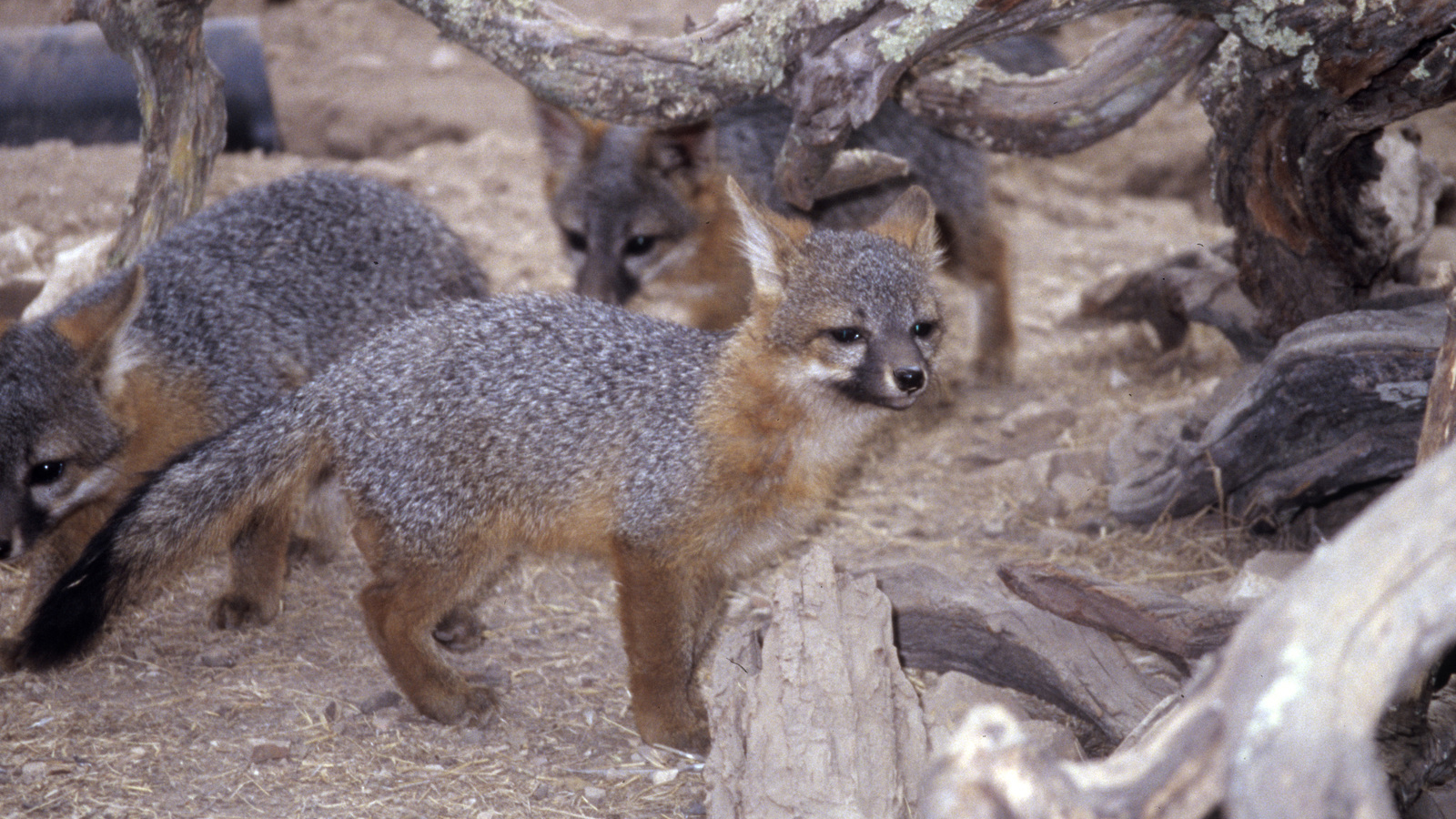
A lot has been written about island fox recovery, but little about the ecological morass that, at enormous effort, the partners had to understand and untangle.
An Island Unravels
As recently as the 1990s island foxes were doing okay. Then they crashed. What was happening? There was much to figure out and little time to do it.
Invasive aliens were unraveling ecosystems. For a century feral pigs had been tearing up soil on Santa Cruz, creating ideal conditions for alien-plant invasion. On Santa Rosa cattle and sheep had hammered native vegetation to the point that 80 percent of the island was dominated by alien grasses. And black-tailed deer and Roosevelt elk, introduced by the former owners for hunting, prevented regeneration of many woody natives. Santa Catalina was (and is) blighted by alien deer and feral house cats, both fed by island residents. Rats infested (and infest) Santa Catalina and San Miguel.
But through all this the resilient little foxes had held their own. What was suddenly different?
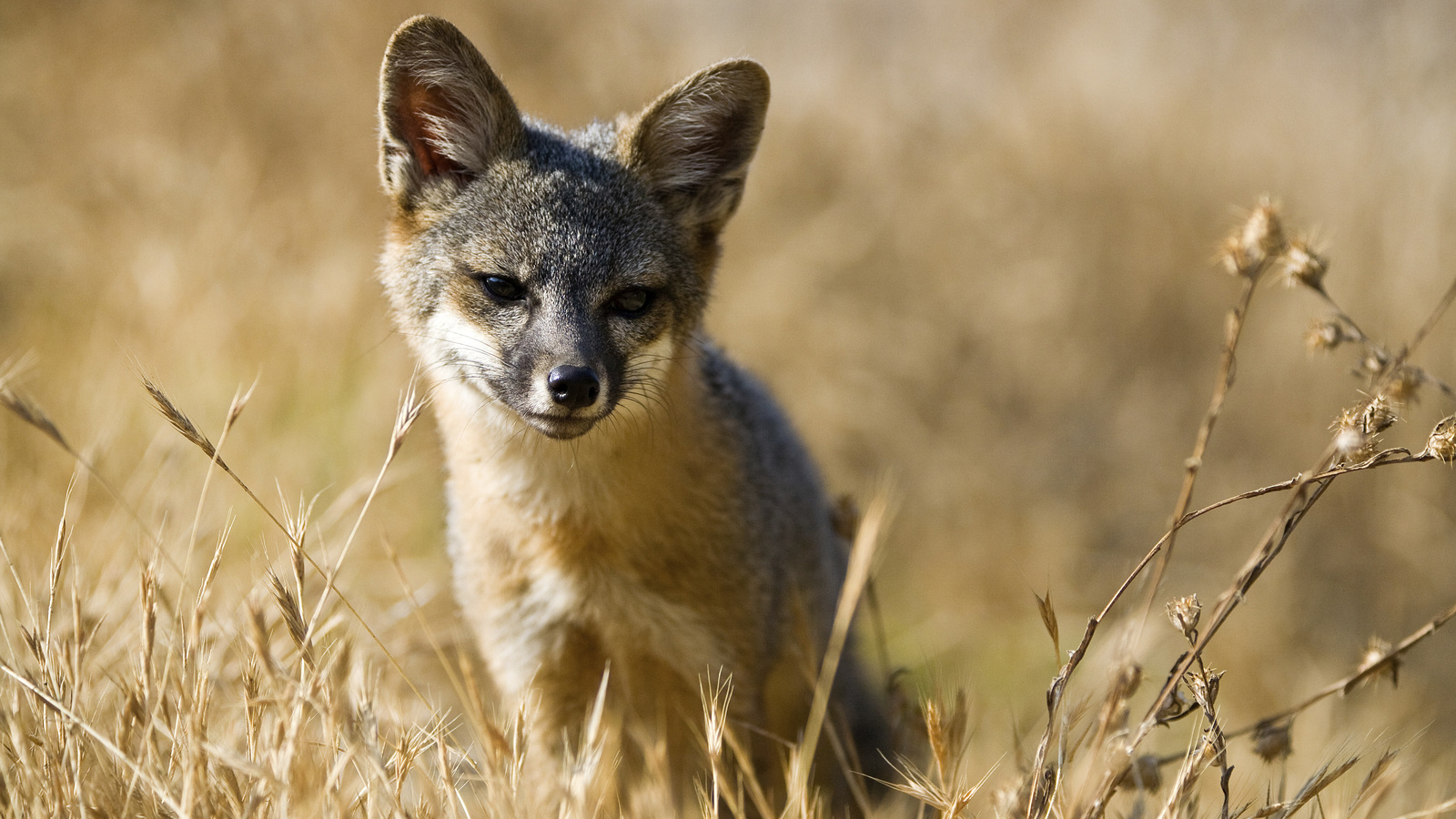
Research revealed that the main cause of fox mortality on the northern islands (San Miguel, Santa Rosa and Santa Cruz) was predation by golden eagles, historically absent but attracted from the mainland by the ungulate smorgasbord. Foxes, taken as ancillary snacks, were especially vulnerable. Having evolved with no predators, they hunted by day and didn’t look up.
If goldens had arrived before mid-20th century, they’d likely have been run off by bald eagles, which prefer marine-based prey. But the islands’ bald eagles had been extirpated by DDT dumped into the Southern California Bight by Montrose Chemical Company.
Gradually, the prescription for recovery of foxes became clear.
They needed protection from golden eagles, so captive-breeding facilities were established. Golden eagles had to be captured and relocated to the mainland; and the ungulate food supply that had drawn them to the islands and was keeping them there needed to be eliminated. Finally, as a probable means of keeping goldens at bay, bald eagles needed to be reestablished. Given the precariousness of the fox population, all this needed to happen at once.

Aside from the challenges of eradicating the elusive pigs on such a large and rugged island as Santa Cruz, the Park Service and the Conservancy had to divert precious time and resources defending against five lawsuits brought by animal-rights activists committed to the preservation of feral pigs. Fortunately for the foxes, none succeeded.
A rapidly expanding population of wild turkeys, introduced for hunting before Conservancy and park ownership, could have kept golden eagles on Santa Cruz; so they had to go, too. That eradication brought another failed lawsuit from the animal-rights crowd.
By 2006 Santa Cruz was pig- and turkey-free. But next door, on Santa Rosa, deer and elk still served as a magnet for golden eagles. In 1986 the park had bought the island for $30 million, grandfathering hunting rights for deer and elk until 2011.
Sale of guided hunts hadn’t been especially profitable until a 1997 lawsuit brought by the National Parks Conservation Association forced removal of cattle. With cessation of grazing, habitat started to recover. Suddenly elk and deer were growing to trophy size, and hunts were selling for a minimum of $8,000 a pop. So the former owners sought to nullify their signed agreement, eliciting loud support from politicians, hunters and the NRA.
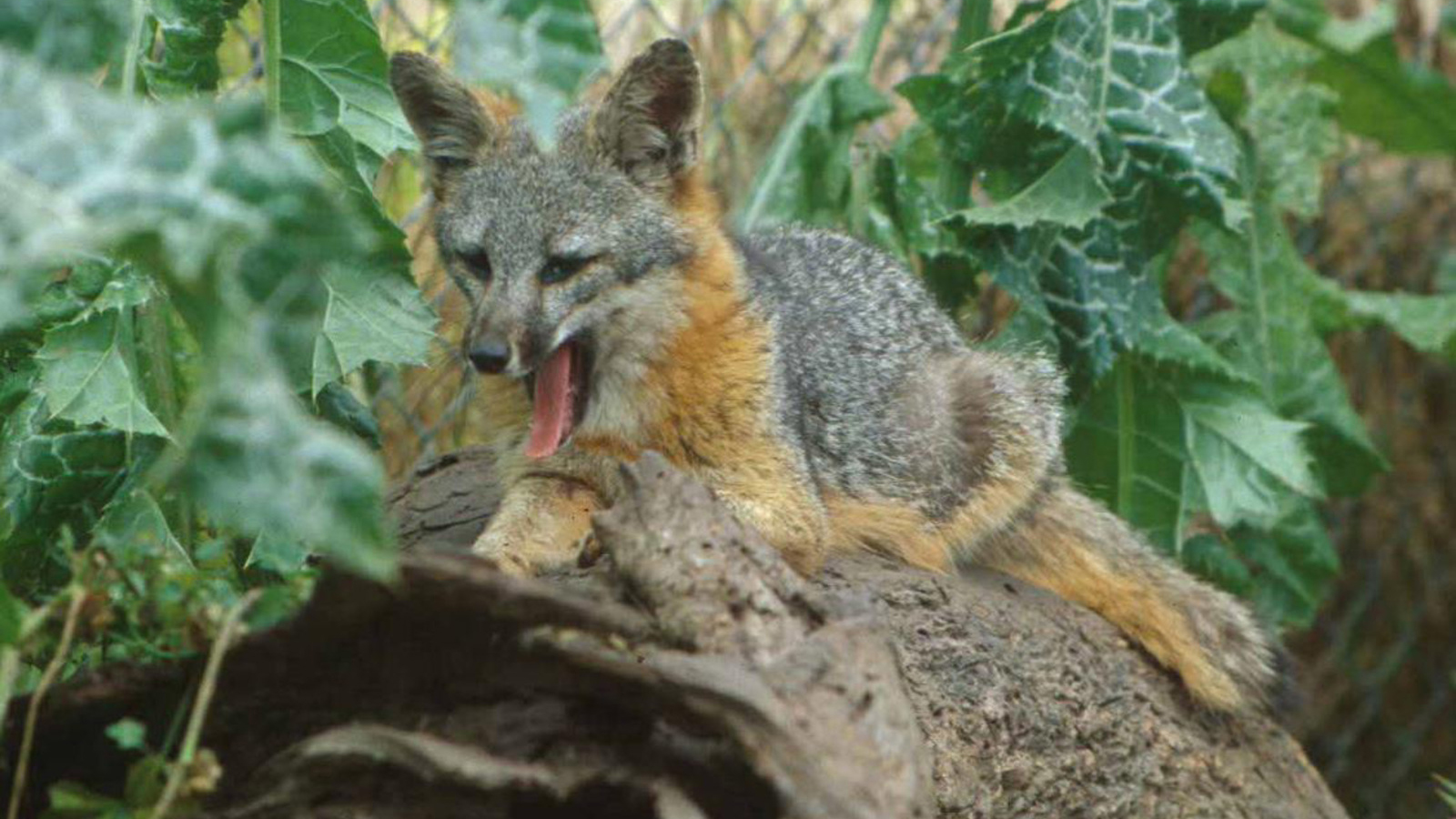
The park stood tall and hired sharpshooters. Now that island, too, is free of introduced ungulates.
Meanwhile, golden eagles were being trapped and relocated to northern California. Remotely triggered “bownets” buried in the dirt and baited with pig carrion, live rabbits or piglets worked for a while, but the birds learned to avoid them, causing exponential increases in effort and cost. Biologists advocated lethal take permits from the Fish and Wildlife Service; but, mindful of the political fallout, the partners wisely declined. A plastic egg with a remotely controlled syringe to deliver tranquilizer was placed in one nest; but a parent flipped it, and the needle stabbed sticks. A tangle of fishing line attached to a dummy fox failed to catch eagles. In 2005-2006 just seven birds, including three hand-captured nestlings, were evacuated at a cost of $600,000. The last pair, seemingly immune to capture, went on a two-year fox-killing spree until they were safely captured with a netgun fired from a helicopter. By 2007, 44 golden eagles (eight of which were nestlings) had been removed from the northern islands.
On Santa Cruz the partners “hacked” young bald eagles to the wild in hope that they’d mature, establish breeding territories and drive away golden eagles. In 2006, for the first time in half a century, bald eagles (two pairs) successfully nested on Santa Cruz. As of 2015 there were 40 bald-eagle nests on the Channel Islands.
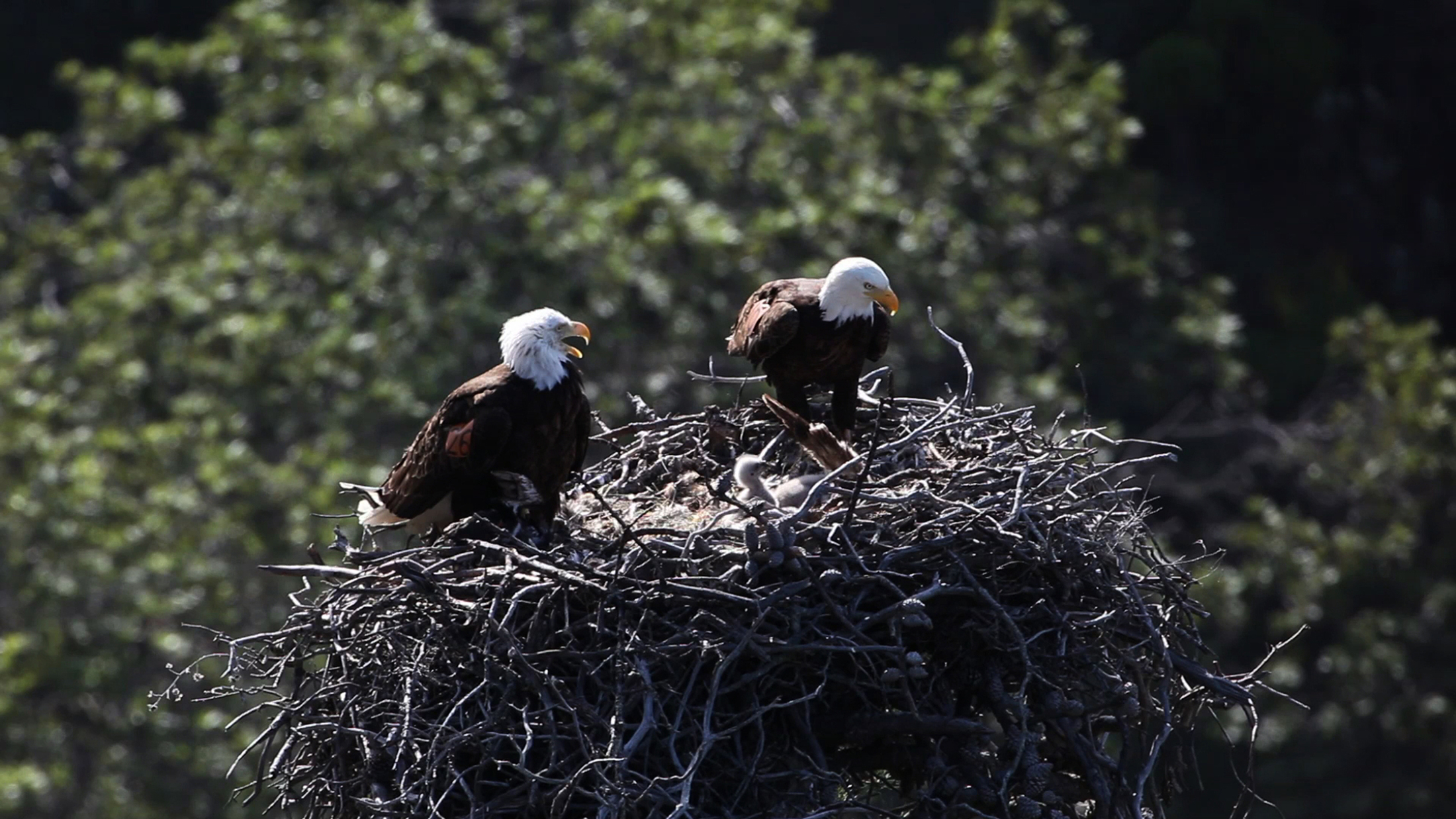
On Santa Catalina golden eagles were never a problem. What was killing foxes there was canine distemper, probably introduced by visiting or resident dogs or by raccoons that occasionally stowaway on boats from the mainland. Today, on all islands a “core population” of foxes is vaccinated against rabies and distemper to make sure there’ll be sufficient survivors, if those diseases arrive.
Captive fox breeding, initiated on all four islands in 1998 and hugely successful, ended in 2008.
All manner of native plants, many imperiled and many important to foxes for food and cover, are surging back. So are the foxes. Today population estimates show foxes have increased on San Miguel and Santa Rosa from 15 each to about 600 and 1,000 respectively; on Santa Cruz from 55 to at least 2,000; and on Santa Catalina from 103 to 1,800.
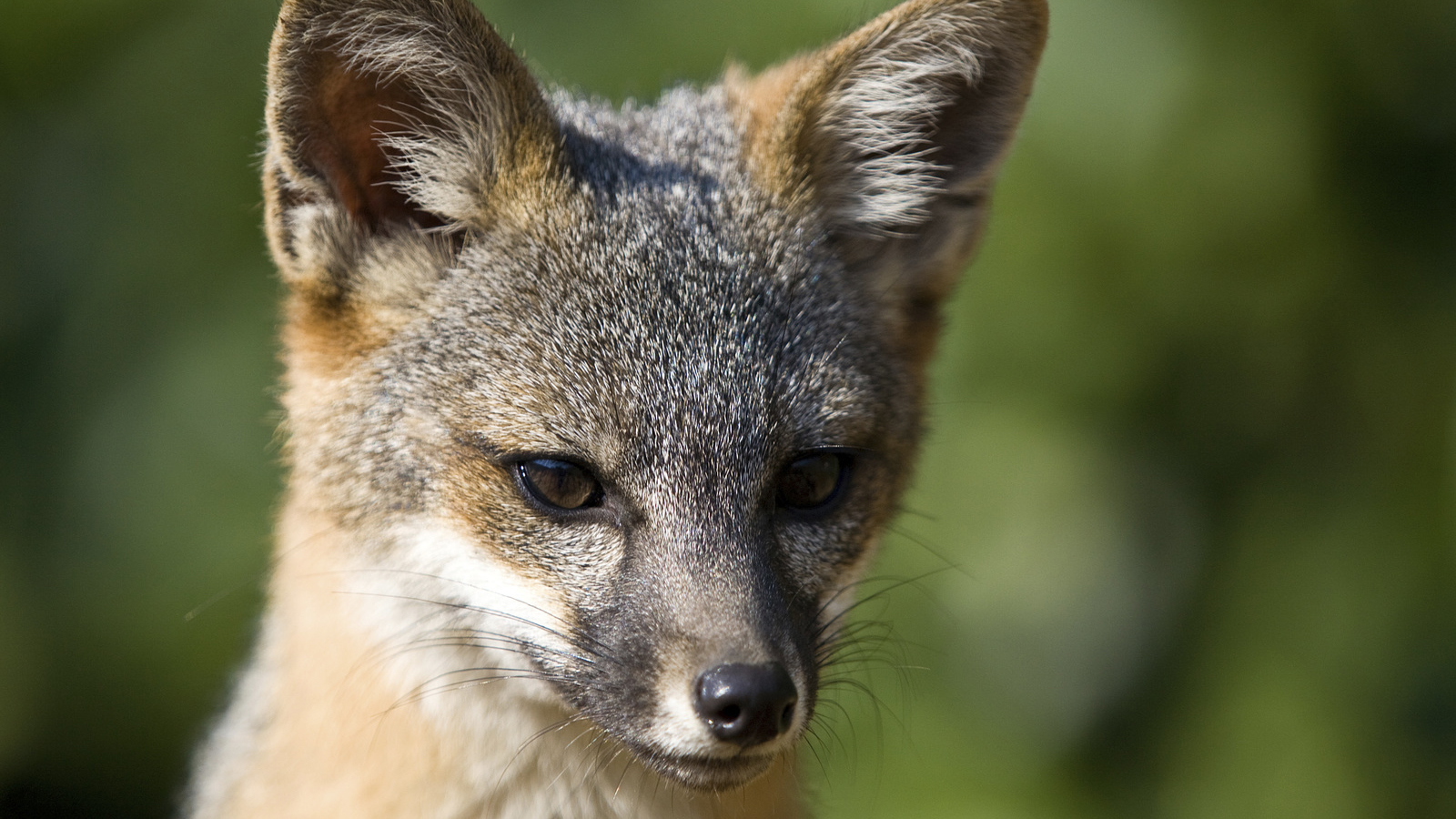
What We Can Achieve Together
“The intense, multifaceted intervention that kicked into gear before listing definitely set the stage for an accelerated recovery,” says Dr. Scott Morrison, director of science for The Nature Conservancy. “The listing then galvanized the partnerships and resources we needed to pull everything off. The take home for me is that this project shows what can happen when people get together and just decide they’re not going let something special go extinct on their watch.”
Dan Ashe had it right when he went on to remark that island fox recovery “demonstrates what we can achieve together.” What it also demonstrates is the vulnerability of island ecosystems to introduced aliens, how quickly island wildlife can spiral toward extinction, and how quickly it can recover when managers are willing to do what’s necessary — even if not forced to do so by law and despite litigious broadsides and political heat.
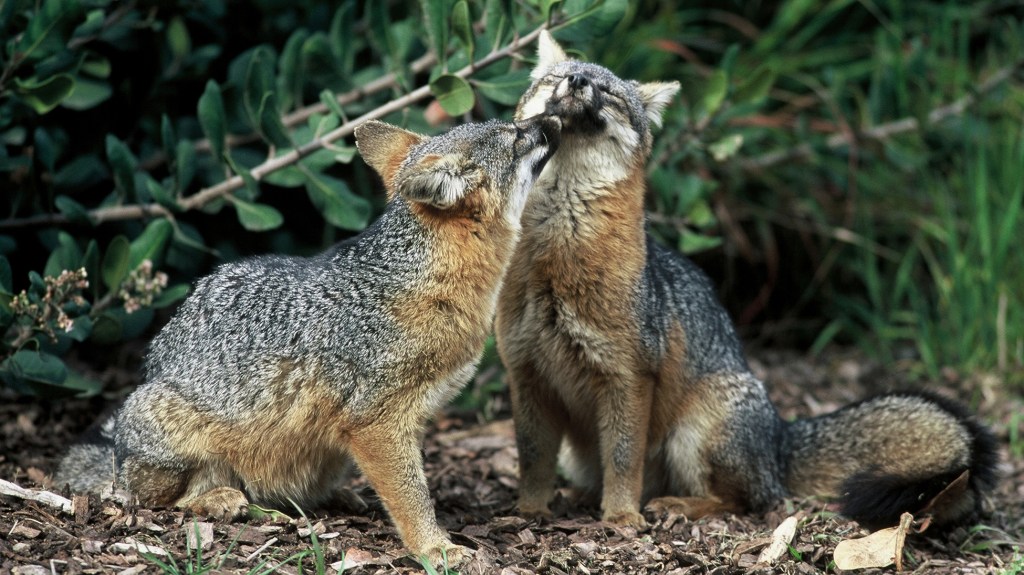



Wonderful outcome and a ray of hope in what is an exhaustive and ongoing fight to protect our precious wildlife from the many human- caused threats they face. One suggestion though: the phrase ‘animal rights crowd’ is a bit disparaging. There are many, including myself, who are both conservation biologists and strong advocates of animal rights. There is room and necessity for both. I would also add that I am very glad that the Fish and Wildlife request to “take” the golden eagles was denied. That these magnificent birds were able to elude capture for so long is a testament to their incredible intelligence and deserving of our greatest respect. What a pity it would have been to kill them – something we humans always find easier to do when we run out of ideas. The fact that this request was denied, however, forced some additional ingenuity that kept these eagles’ genes in the gene pool and proved successful for everyone. Hopefully, this is a lesson learned and will cause biologist to think twice before resorting to killing an animal who outsmarts traditional modes of capture.
This shows that there may be hope for all who are in danger of extinction or rapid decline in numbers. Hats off and kudos to those who worked so tirelessly to achieve this moment. May there be many more!
Hi Dan:
Animals do have rights, and these rights are violated only by humans. Animal rights include humane treatment, access to natural habitat, and freedom from competition, predation and introgression by aliens unleashed in their habitat. Unfortunately, the animal-rights community is rarely a “conservation ally.” For example, if it had prevailed in its litigation, island foxes would be extinct or on an irreversible course toward extinction. For conservationists and animal-rights folks to “work together” the latter need to understand what animal rights really are. And they need to understand that the loss of an entire species is infinitely more damaging to our planet and us than the loss of a few INDIVIDUALS of an abundant species that humans have unleashed in places where they destroy native ecosystems and cause extinctions. Please see: https://blog.nature.org/2015/12/15/miracle-palmyra-rats-birds-recovery-restoration-invasive-species-hawaii-nature-wildlife/
Great article! Learned a lot about the tribulations of dedicated conservation organizations and getting the good work done — and got to see a lot of photos of very cute foxes.
Thank you!
As a member of the Nature Conservancy since I was in graduate school in the late 1980s, I am pride that this organization is making a different in protecting the earth wild. The dwarf fox recovery project is just one example of working together that will enable future generations of Americans to enjoy the fox in its natural habitat.
It’s a complicated world: one can’t be an animal advocate in the abstract – one has to know which animals one is advocating for and why.
So happy for these cute little foxes . Thank god for organizations like you to help with endangered species. All animals are important for the ecosystem .
This is such a delightful story! My favorite wild animal is the red fox, as well as all foxes. These dwarf foxes are so endearing, and I am more than happy to learn of this success story. Thank you.
A great success story. I am proud to be a contributor to your organization. I was a
contributor to PETA (the unnamed animal rights organization) until they opposed
ridding Hawaii of imported animal species. Bravo to you for prevailing against them.
Let’s not disparagingly call some of our conversation allies “the animal rights crowd,” but learn to work together.
Yes, I mentioned the same thing.
Thank you all concerned for this very encouraging and heart warming success. It can make us feel proud to be a human being. There is hope!
It demonstrate that we can make a positive difference, after destroying and violating so much of our only
vessel. And there is so much to do, at home, and even more in Africa.
It is a beautiful day. Thanks again.
Brilliant conservation! Long live the dwarf Fox on the Channel Islands.
Hi! For someone like me who’s on the margins only of this kind of work, your article (sent by a friend) was enlightening. Can you explain the following? A law suit has been filed essentially to expel ranches from the Point Reyes peninsula. Defenders of the ranches which include a highly respected land preservation organization argue that the ranches and the cattle grazing preserve native plants and flowers. I suppose every place is different, but are there occasions when preservation of an established alien species, like milk or beef cows, is helpful to the environment?
As a retired NPS ranger and biology oriented third word traveler, I’m sometimes very unhappy with animal protection groups who seek to stop the elimination of non native animals, such as the pig, turkey, deer, and elk mentioned in the article. With few exceptions, these non native species are detrimental to the original inhabitants who should take preference. I do wish that biology were taken into account more often than emotions.